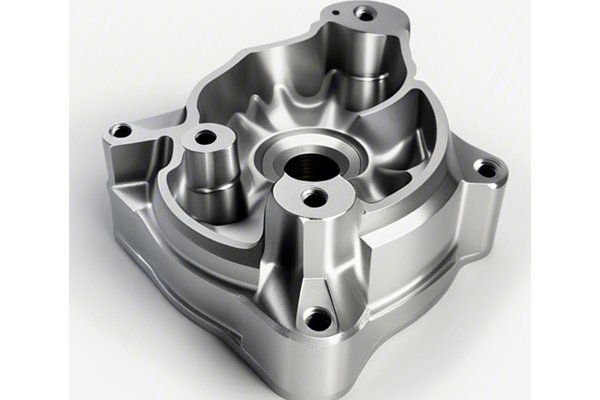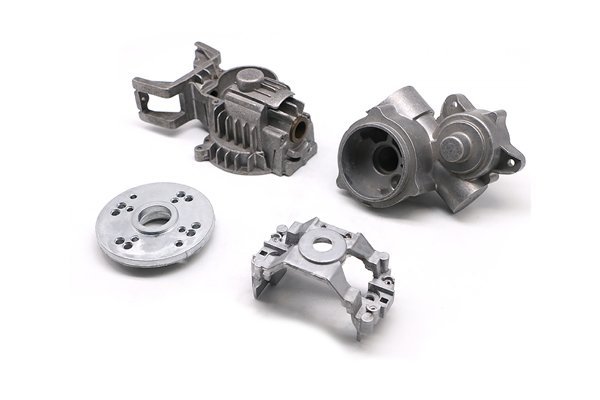Opening
Did you know that the global market for CNC machining is projected to reach $100 billion by 2025? As industries increasingly turn to automation and precision manufacturing, understanding the different processes available becomes more crucial than ever. Among these, CNC milling and CNC turning stand out as two foundational techniques in the world of prototyping. They each have unique features, advantages, and applications, making it essential for engineers and manufacturers to grasp the differences. But just how do these two processes differ, and how can that knowledge impact your projects?
CNC Milling: An Overview
CNC milling involves the use of rotating cutting tools that move across a workpiece to produce precise shapes and designs. The milling machine uses a multi-axis setup, allowing for complex geometries and contours that are difficult to achieve with other methods. This process is particularly advantageous for creating parts that require significant detail and intricate designs, such as prototypes for automotive and aerospace applications.
Key Features of CNC Milling:
CNC Turning: An Overview
On the other end of the spectrum, CNC turning involves rotating the workpiece against a fixed cutting tool. The movement is primarily linear, meaning the tool moves back and forth or around the stationary workpiece. This method is ideal for creating cylindrical parts and offers high precision in manufacturing components such as shafts, fasteners, and other round items.
Key Features of CNC Turning:
The Core Differences
Understanding the distinctions between CNC milling and CNC turning is crucial for choosing the right method for your specific application.

Detailed Solutions for Common Prototyping Problems
Both CNC milling and turning have their places in prototyping. However, specific challenges arise in each method. Here are some solutions tailored to common problems encountered in prototyping:
Problem 1: Complexity of Design
Problem 2: Tolerances and Precision
Problem 3: Material Selection Challenges
Problem 4: High Production Costs
Understanding the differences between CNC milling and CNC turning is essential for anyone involved in prototyping. Each method offers distinct advantages, and the right choice can lead to better designs, reduced costs, and enhanced performance in end products.
As we delve deeper into advanced manufacturing technologies, this knowledge becomes instrumental not just for engineers and product designers but also for business leaders strategizing market approaches. Ultimately, choosing the correct method aligns with the core technologies of CNC machining and its efficiencies, paving the way for innovation across diverse sectors.
In a world increasingly focused on precision and efficiency, knowing when to apply CNC milling versus CNC turning is vital—not only for achieving technical objectives but also for driving business success. As technology continues to evolve, staying informed about these processes will ensure you remain at the forefront of the industry, setting you apart from the competition.






